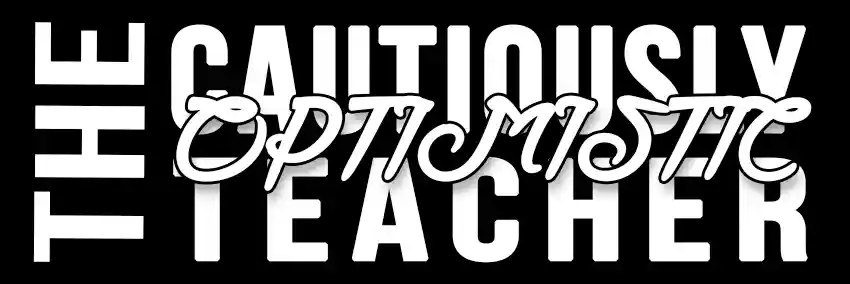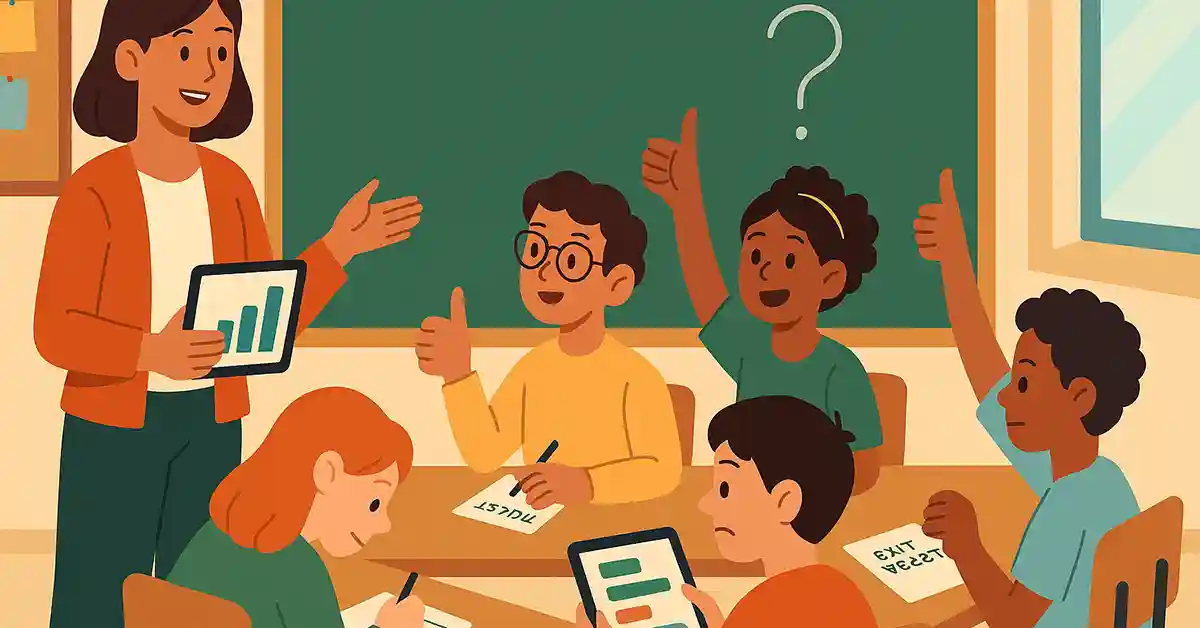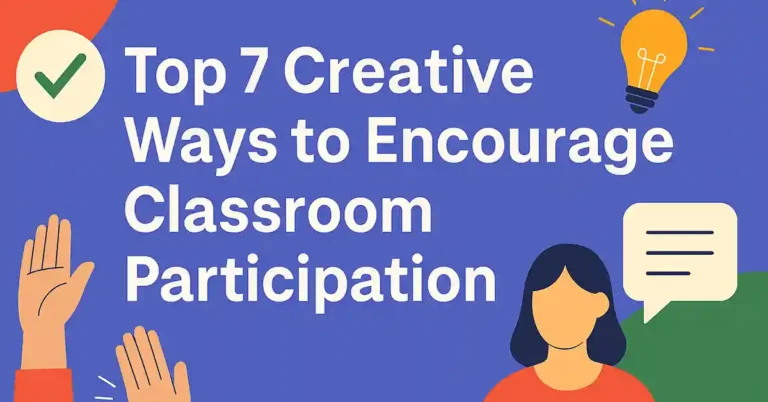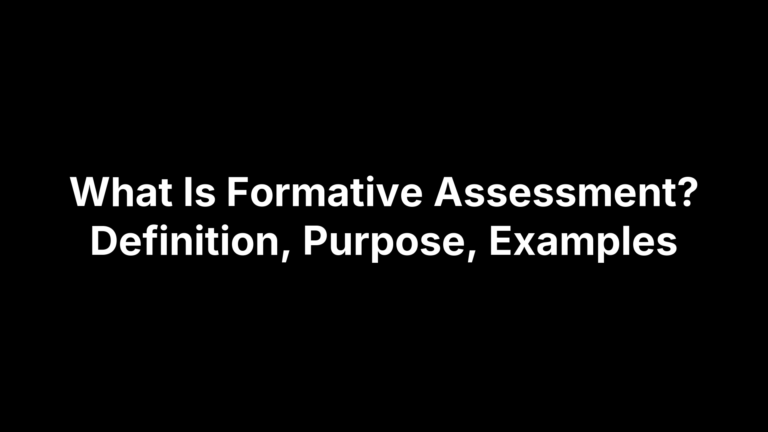Your Go-To Guide to Common Formative Assessments
When I started teaching two decades ago, I checked understanding mostly at the end of a unit—right when it was too late to change much. Now I treat learning like a living, breathing organism: I take its pulse early and often. That ongoing check-in is the heart of formative assessment, and it has saved me (and my students) from many a pedagogical face-plant.
What Exactly Are Formative Assessments?
Formative assessments are low-stakes, in-the-moment measures of student learning that happen during instruction rather than after it. Think of them as GPS recalculations while you’re still on the road—not the “You have reached your destination” message after you’ve missed three turns. Unlike summative assessments (final tests, projects, or report-card grades), formative assessments are designed to:
Elicit evidence of current understanding or skill.
Inform next steps for both teacher and learner.
Happen frequently and quickly—often in just a few minutes.
They’re less about judging and more about nudging.
Benefits: Why Bother With Formative Assessments?
I could wax poetic for hours, but let’s hit the greatest hits:
Real-Time Feedback & Adjustment
I see misconceptions the moment they hatch and can swat them before they grow fangs.Student Ownership
Learners peek under the hood of their own thinking, which demystifies success criteria and builds metacognition.Reduced Test Anxiety
Frequent, low-pressure check-ins normalize mistake-making as part of the process.Data-Driven Differentiation
Mini-assessments help me group, reteach, or enrich on the fly—far more surgical than blanket reteaching.Stronger Relationships
Students see that I actually use their feedback. Trust blossoms when kids realize we’re adjusting the journey together.
The Ground Rules for Keeping It Truly Formative
Over the years, I’ve learned a few guardrails:
Keep it brief: 1–5 minutes is perfect.
Align to a clear learning target: If I can’t name what I’m checking, my students won’t know it either.
Make the data visible: Even a quick class bar graph can turn numbers into a conversation.
Plan the response: A check without follow-up is just academic rubbernecking.
The Big, Teacher-Tested List of Common Formative Assessments
Below is my personal “menu” of strategies, organized loosely from quickest to more involved. Sprinkle them throughout lessons, mix and match, or pick a weekly favorite—your classroom, your call.
1. Exit Tickets
A one-question slip (digital or paper) students complete in the last two minutes. I skim them while the bell’s still echoing.
2. Entrance Tickets
Flip the exit ticket idea and prime the pump for today’s lesson with a short prompt about yesterday’s big idea.
3. Thumbs Up / Thumbs Sideways / Thumbs Down
Silent, immediate, and perfect when time is tighter than my coffee budget.
4. Fist to Five
Students show 0–5 fingers to rate confidence or understanding. I scan the room and know in five seconds whether to move on.
5. Think-Pair-Share
Pose a question, give “solo brain” time, then pair discussion before calling on volunteers. The peer talk surfaces hidden confusion.
6. Quick Writes
60-second written bursts—definitions, summaries, predictions—that let me peek inside thought processes.
7. One-Minute Essays
Students answer “What was the most important thing you learned?” and “What is still muddy?” It’s gold.
8. Concept Mapping
Learners diagram connections among ideas on paper or apps like Coggle. Mislinked concepts jump out visually.
9. Four Corners
Designate corners for four answer choices or opinions; students move to the corner that matches their thinking and justify their choice.
10. Whiteboard Checks
Handheld whiteboards or plastic sleeves + markers = instant whole-class sampling of answers.
11. Kahoot!, Quizizz, or Blooket Games
Gamified quizzes turn assessment into friendly competition while feeding me item-level analytics.
12. Socrative or Google Forms Polls
Quick digital polls collect data and display class trends in colorful charts—students love seeing the bar race.
13. Misconception Check Statements
Throw up a deliberately wrong (but tempting) statement and ask students to defend or refute it.
14. Muddiest Point
Students jot down what’s still unclear on a sticky note. I cluster similar mud and plan clarification.
15. 3-2-1 Reflection
Ask for “3 things you learned, 2 interesting facts, 1 lingering question.” Reflection meets data collection.
16. Padlet or Jamboard Brainstorm Boards
Collaborative digital walls where students post images, notes, or questions in real time.
17. Peer Instruction with Clickers
Students answer, then discuss with a partner, then answer again. Movement between votes shows learning gain.
18. Self-Assessment Checklists
Learners rate themselves against criteria like “I can explain,” “I can apply,” or “I need help.”
19. Learning Journals
Ongoing notebooks (physical or digital) where students periodically summarize insights or track strategy use.
20. Hinge Questions
A single, crucial multiple-choice or short-answer item inserted mid-lesson; if 70 % miss it, I pivot on the spot.
Turning Data Into Action (Without Losing Your Mind)
Collecting evidence is only half the dance. Here’s how I make formative data sing:
Color-Code Quick Groups: Green = enrichment challenge, Yellow = guided practice, Red = reteach with me.
Micro-Reteach: Five-minute whiteboard mini-lesson before moving on.
Student Conferences: Two-minute desk-side chats turn numbers into personalized coaching.
Reflect & Recycle: I keep a running doc of “most common misconceptions” and plan future lessons to head them off.
Final Thoughts: Small Checks, Big Impact
If formative assessment feels overwhelming, start with one strategy—say, exit tickets for a week. Notice how your instruction shifts. Then add another. Before long, you’ll have a toolbox of common formative assessments that keep learning on course and spirits high (yours included).
Remember: the goal isn’t to grade more—it’s to guess less. Frequent check-ins transform teaching into a responsive, student-powered adventure. And yes, fewer surprise test-day headaches for everyone.
Ready to take your classroom’s pulse? Grab one strategy above, try it tomorrow, and watch the learning heartbeat steady and strong.







